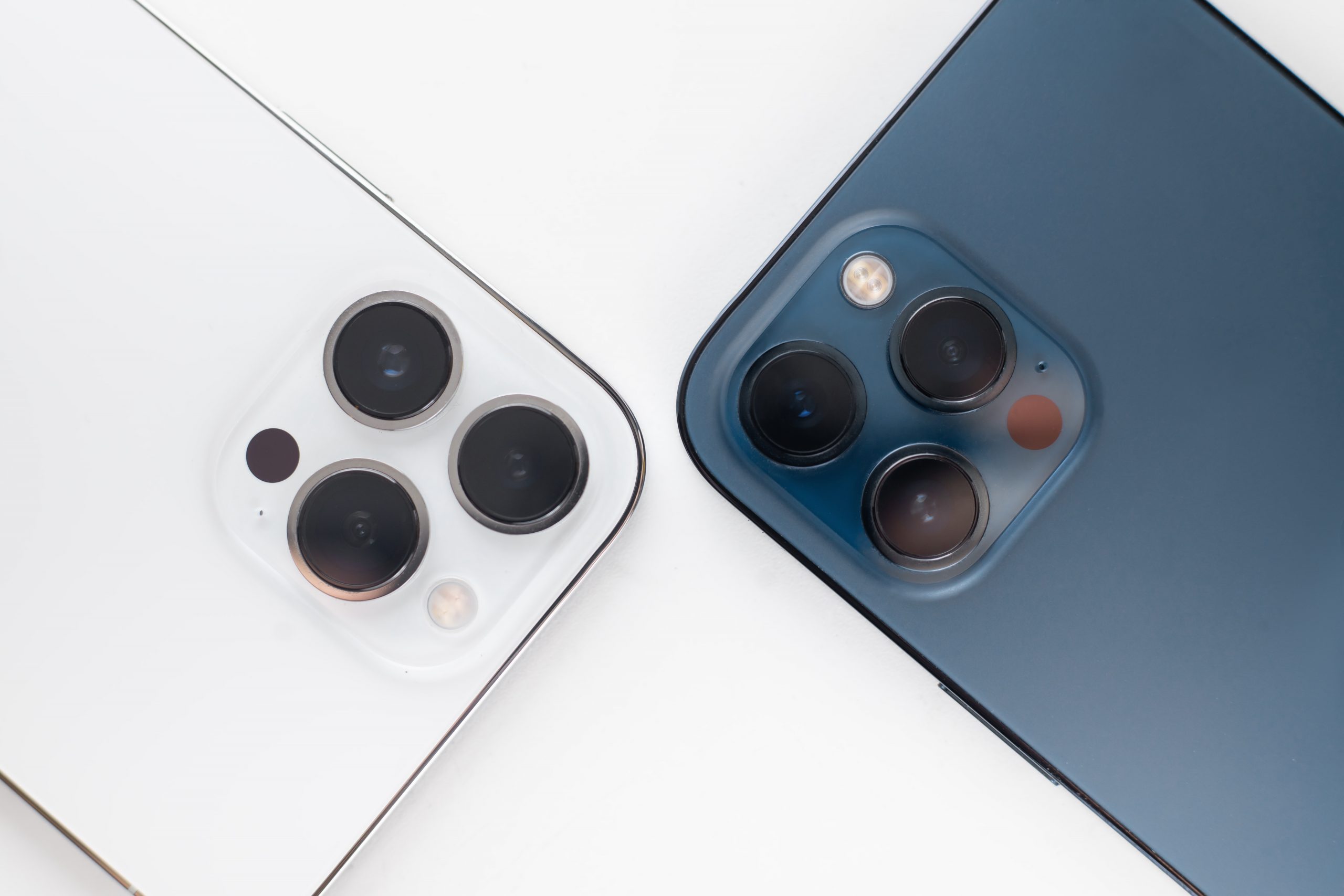
Apple unveils a groundbreaking update that brings eye-tracking functionality to recent models of iPhones and iPads. This development, announced ahead of Global Accessibility Awareness Day, underscores Apple’s commitment to inclusivity and innovation in technology.
The highlight of the latest update is the integration of built-in eye-tracking support, utilizing the front-facing camera of compatible devices to enable users to navigate iOS and iPadOS interfaces with their gaze alone. This groundbreaking feature, known as Dwell Control, allows individuals to effortlessly interact with elements such as apps and menus by simply looking at their screen, eliminating the need for additional hardware or accessories.
Apple’s dedication to enhancing accessibility extends beyond eye-tracking, with improvements in vocal controls designed to streamline hands-free interactions on iPhones and iPads. Through personalized vocal shortcuts and “Listen for Atypical Speech” capabilities, users can create custom commands tailored to their unique preferences and speech patterns, further enhancing the user experience for individuals with diverse needs.
Collaborating with the Speech Accessibility Project at the University of Illinois Urbana-Champaign, Apple has leveraged on-device AI and machine learning to develop these innovative tools. From haptic feedback in Apple Music to motion sickness alleviation features in CarPlay, Apple continues to pioneer advancements that empower individuals with disabilities and enhance the overall accessibility of its products.
Additional updates include Live Captions in VisionOS, a new Reader mode in Magnifier, and support for multi-line braille, reaffirming Apple’s commitment to fostering an inclusive and accessible technological ecosystem. While specific release dates for these updates are yet to be announced, users can expect these transformative features to be integrated into upcoming versions of iOS, with further details likely to be unveiled at the upcoming Worldwide Developers Conference (WWDC).
For individuals seeking greater accessibility and inclusivity in technology, Apple’s latest innovations mark significant strides towards a more inclusive digital landscape.
For more details, visit the source.


